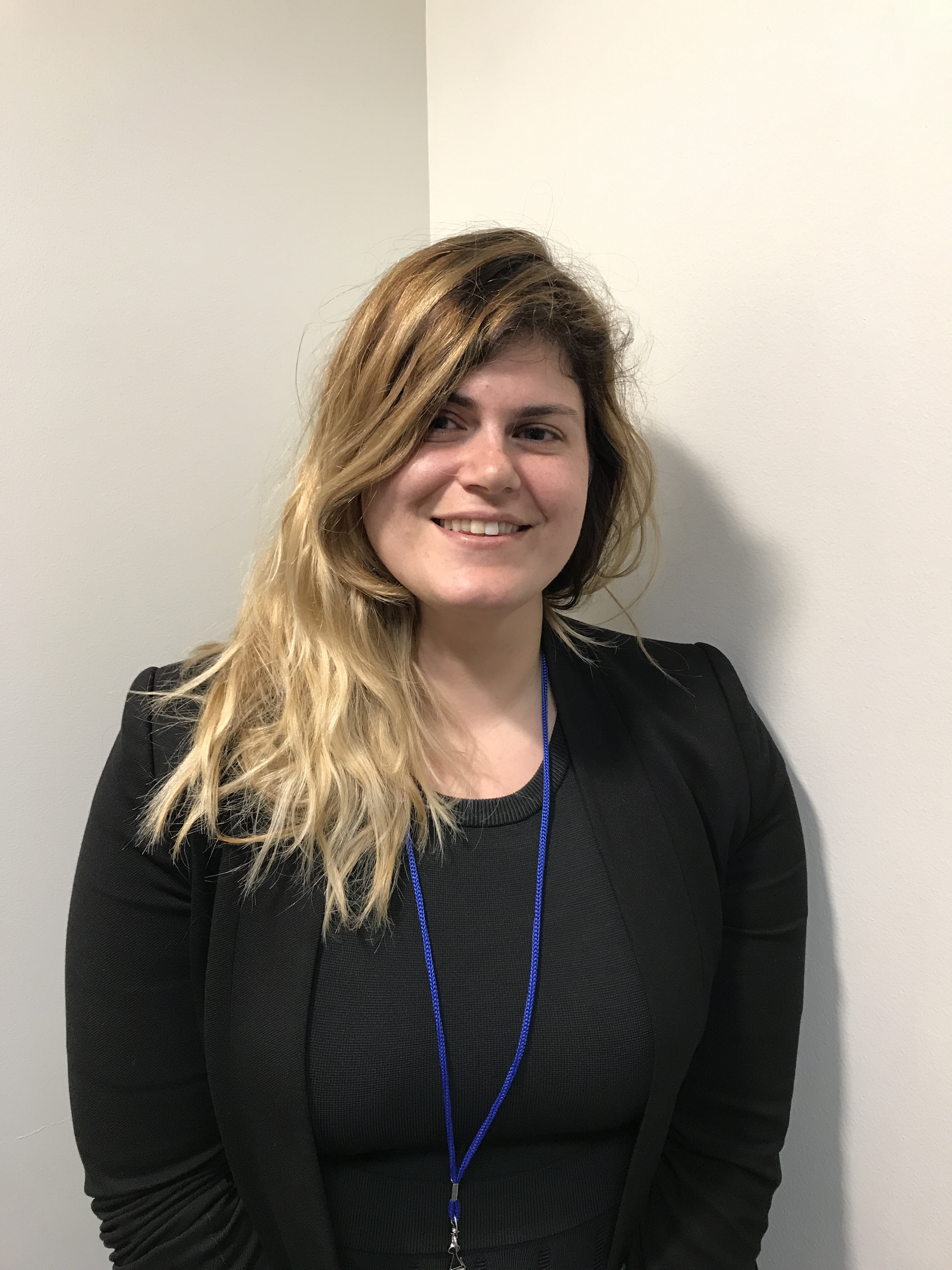As human beings, what drives us to higher levels of existence? Once we have satisfied the basics — food, shelter, a mate, children — then what? For many it’s the idea of self-actualization, or realizing our full potential.
But what does self-actualization look like? How do we know when we are doing it? When are we trying to realize our highest potential? Self-actualization is a popular idea — in psychology, business, education and the multimillion-dollar self-help industry. Everyone, it seems, wants to realize his or her full potential.
ASU doctoral student Jaimie Arona Krems
“Despite all of this interest in becoming self-actualized, we still didn’t know what people believed it would mean to realize their full potential,” said Jaimie Arona Krems, a doctoral student in social psychology at Arizona State University, and one of the authors of a new series of studies on what people think it means to be self-actualized. “So we asked them.”
That research, “Individual perceptions of self-actualization: What functional motives are linked to fulfilling one’s full potential?” was published in the early online edition of Personality and Social Psychology Bulletin. Krems and her co-authors, ASU professor of psychology Douglas Kenrick and University of Iowa’s Rebecca Neel, a former ASU doctoral student, drew on ideas from evolutionary biology to challenge some traditional assumptions about what it means to be self-actualized.
“The traditional view of self-actualization saw it as somehow ‘above’ baser physiological and social desires — it sits on top of Abraham Maslow’s famous pyramid of needs,” Kenrick said. “In fact, Maslow’s favorite examples of self-actualizing behaviors were going off to play the guitar or write poetry for your own satisfaction.”
“But if you take an evolutionary perspective on human behavior, it seems unlikely that our ancestors would have evolved to solve all the problems of survival, making friends, gaining status and winning mates, just to go off and entertain themselves,” he added.
From an evolutionary perspective, developing one’s full potential — by becoming an expert musician, scientist or philosopher — might translate into social benefits, such as winning respect and affection from other members of the group, and even winning the attention of potential mates.
So the research team recruited college students and other adults, and asked them what they would be doing if they were realizing their full potential right now. They surveyed more than 1,200 people and had them rate the extent to which their answers reflected several fundamental and evolutionarily relevant social motives (finding friends, seeking status, caring for kin). One of the predictions that the team made was that most people would link pursuing self-actualization to pursuing status (getting all A’s in school, being famous in their fields of endeavor).
Indeed, people do link self-actualization to achieving status and esteem, a motivation that can and often does translate into “fitness,” or the success of passing genes to future generations. The importance of status was unique to self-actualization and did not apply to other forms of self-fulfillment.
When people thought about achieving meaning in life (what psychologists call eudaimonic well-being) and global life satisfaction (subjective well-being), they emphasized spending time with friends and family; when they thought about pursuing pleasure and avoiding pain (hedonic well-being), they placed relatively more emphasis on finding new romantic/sexual partners and staying safe from physical harm.
“Although pursuing status and pursuing self-actualization might feel different,” Krems said, “these pursuits might be rooted in a common motivational system, one that pushes us to go after those biological and social rewards that, in our ancestral past, would have made it more likely that our genes appeared in subsequent generations.”
The team was also able to provide a scientific explanation for what Maslow had long ago mentioned — that different activities lead to self-actualization for different people. In line with modern ideas from evolutionary biology, a person’s life-history features (sex, age, relationship status, parenting status) influenced the goals he or she linked to self-actualization — and in sensible, potentially functional ways. For example, single people emphasized that finding new romantic partners would be a part of their self-actualization, whereas partnered people emphasized that maintaining their existing romantic relationships would be a part of their self-actualization. And parents — especially when they had very young children — emphasized that caring for those children would be a major part of their self-actualization.
By finding mates, keeping mates and caring for children, people might feel self-actualized, and they might also be furthering exactly those biologically relevant outcomes that lead to getting their genes into next generations.
“So, the desire for self-actualization isn’t ‘above’ biological and social needs; people’s drive to achieve their own highest potential is all about achieving critically important social goals,” Kenrick concluded.
Or as Krems explained: “For real people, pursuing self-actualization might further biologically relevant goals.”
More Science and technology

ASU professor wins NIH Director’s New Innovator Award for research linking gene function to brain structure
Life experiences alter us in many ways, including how we act and our mental and physical health. What we go through can even change how our genes work, how the instructions coded into our DNA are…

ASU postdoctoral researcher leads initiative to support graduate student mental health
Olivia Davis had firsthand experience with anxiety and OCD before she entered grad school. Then, during the pandemic and as a result of the growing pressures of the graduate school environment, she…

ASU graduate student researching interplay between family dynamics, ADHD
The symptoms of attention deficit hyperactivity disorder (ADHD) — which include daydreaming, making careless mistakes or taking risks, having a hard time resisting temptation, difficulty getting…

